Make Your Own Fermented Hot Chilli Sauce
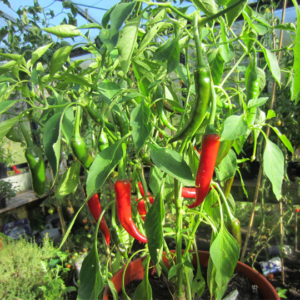
Ring of Fire Chillies
Are you a fan of hot chilli sauce? Do you grow chillies? Here at Bridge Cottage we make our own fermented hot chilli sauce which has no nasty additives, is sugar-free, great for your gut health and very easy to make. If that wasn’t enough, you’ll be producing food at home, without lining the coffers of the big food corporations who push their plastic-wrapped, shipped foods full of additives, preservatives and goodness knows what. Sure, it takes a bit of time and effort, but isn’t that worth it in the grand scheme of things?
There are other ways to preserve chillies: they freeze well, and a bag of frozen chillies will keep well all year round, ready to pluck from the freezer when a recipe calls for a whole chilli. Dried chillies are great too, chopped finely for chilli flakes, and keep well in a jar in the spice cupboard, but by far the most popular method of using chillies here at Bridge Cottage is by making fermented chilli sauce.
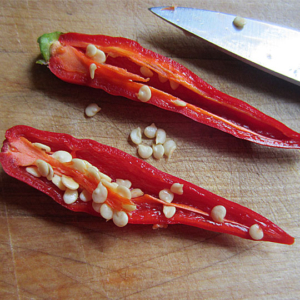
saving chilli seeds
It’s early autumn now and the chillies have ripened in the greenhouse. Time to pick them and freeze a few but use most of them for a handy hot chilli sauce which is incredibly easy to make. (Don’t forget to split open a couple of your favourites, dry and save the seeds for next year).
Bridge Cottage Fermented Hot Chilli Sauce
You will need:
A large glass jar with a screw top lid
A circle of plastic cut from the lid of a plastic tub
Water
Salt
Chillies
Ginger
Garlic

Fermented hot chilli sauce
Wash them and pack your jar with whole chillies, a couple of cloves of garlic and a couple of chunks of root ginger.
Add water so the chillies are all covered.
Pour out the water into a jug and add 4% salt – weigh the empty jug first, then weigh the water and add 4% of the water’s weight in salt. Dissolve the salt then our back over the chillies.

Fermented hot chilli sauce
Place a disc of plastic over the chillies – this is important and is to ensure all the chillies are kept submerged. This is anaerobic fermentation, meaning starved of oxygen. Alcohol and pickles are made this way and the airtight condition creates ethanol and lactic acid. The addition of salt is important as it raises the acidity and to cut a long story short, prevents you from catching botulism.
Place the lid on the jar and leave somewhere reasonably warm.
Your chillies will soon start to ferment, so once bubbles appear, it is important to ‘burp’ them every day to release the gas. You don’t want an exploding jar of chillies up your wall. This is done by carefully unscrewing the lid and allowing the gas to escape. There’s nowt worse than trapped wind!
Screw the lid back on, and burp daily til the bubbles stop. You can leave them like this for as long as you want. Some people leave them for months. We tend to wait til they have stopped fizzing and then move on to the next stage and make the sauce.
Strain the contents, making sure to reserve some of the liquid.
Put into a food processor and blitz.
BE CAREFUL – YOU NOW HAVE THE EQUIVALENT OF PEPPER SPRAY.
If it is too thick, add a dash of the reserved liquid, and pour it into sterilised screw-top glass bottles.
Here is a timely reminder to never throw glass bottles away. We like to bottle our chilli sauce in small bottles and give some away as gifts.
It is important to remember with fermented sauces that they are live. You will need to loosen the lids from time to time to let the gas escape.
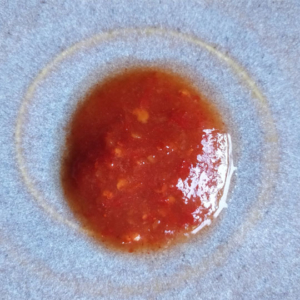
Fermented Chilli Sauce
Once opened, we keep a bottle in the fridge and add a dash to soups, stews and curries. A Sunday morning breakfast of smashed avocado on toast with grated lime zest and a dash of chilli sauce is divine. Non-vegans can add a poached egg.
I’ll be writing more on fermenting foods in due course, but in the meantime if you want to find out more and get some fabulous recipes, look no further than the River Cottage Handbook No. 18. Fermentation by Rachel de Thample.
It’s October as I write this, and we’re saving seeds for planting out next year, chillies being the first crop that gets sown in the greenhouse in the New Year.

Growing chillies
This old photo did make me laugh! How earnest did I look? It was taken for the old Bridge Cottage Way blog I first started on BlogSpot over ten years ago when I left teaching, (but it no longer exists) and harks back to my Woolly Pedlar days when I make clothing from recycled knitwear. I also dyed my hair back then, but now embrace the grey, having ditched the need to try and look younger. I’ll make sure there’s a post on growing chillies in good time for the new growing season over in the Bridge Cottage Garden section of this new website.

October in the veggie garden
I’d better get this article finished and published, and go and join Tim, who is outside in the veggie plot planting out winter kale and getting sections ready for garlic and onions which can go in any day now.
The seasons are rolling on, and there’s always something to do here at Bridge Cottage.
We still haven’t finished making apple juice, chutney or jams jellies.
As ever, we’d love you to share your thoughts, either by leaving a comment here or on our social media pages, where this article will be shared.
You can find the Bridge Cottage Way on Facebook Twitter and Instagram.
You might enjoy some of the writing and ideas in other sections of this website, as we look towards leading more sustainable lives by growing our own food and creating dishes in line with seasonal eating, or head to our handy ‘Month by Month’ guides to find out what we have been doing here at Bridge Cottage as the months go by:
Many thanks for reading.
With Facebook and Instagram algorithms being fickle friends at times, be sure to get all new posts from The Bridge Cottage Way by signing up for the mailing list by this link:
This will go out four times a year, with the seasons in Spring, Summer, Autumn and Winter. We, of course, will not share your details with third parties, and you have the right to unsubscribe at any time.
You can also use the form below to ask us to sign you up for the newsletter, or just a message or comment on this post. We’d love to hear from you!
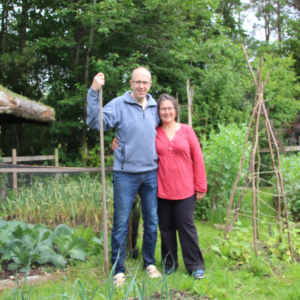



 The Bridge Cottage Way
The Bridge Cottage Way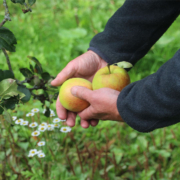 The Bridge Cottage Way
The Bridge Cottage Way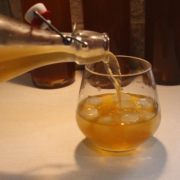 The Bridge Cottage Way
The Bridge Cottage Way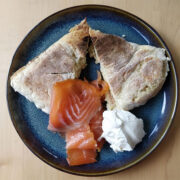 The Bridge Cottage Way
The Bridge Cottage Way
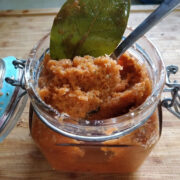 the Bridge Cottage Way
the Bridge Cottage Way The Bridge Cottage Way
The Bridge Cottage Way The Bridge Cottage Way
The Bridge Cottage Way
Leave a Reply
Want to join the discussion?Feel free to contribute!